Seriatopora or birdsnest coral is a small polyp stony (SPS) coral characterized by its long branching pattern and pointed ends. It is similar to pocillopora and stylophora, but its branches grow much longer and not as densely. The Hyacinth Birdsnest has particularly sharp ends and short polyps. It has rich, pink branches, violet-blue polyps, and bright white growth tips.
This coral, like most corals in the hobby, originates from the Indo-Pacific. Although, corals from ORA are aquacultured. These corals are grown in aquariums instead of being collected from the ocean, which comes with benefits that we will discuss later.
Seriatopora are generally easy to keep, but there are a few key requirements. Seriatopora are generally similar to each other in terms of care, but some have different lighting requirements. The Hyacinth Birdsnest requires medium to high light, though high light is preferred. In order to keep the stunning coloration, this coral requires lots of light, as high as 300 micromoles of PAR or even higher. A safe range to be in is between 150-300 micromoles of PAR. If you place this coral under intense lighting (which you probably should), you need to acclimate it to the light first. Start the coral under low light and gradually move it into higher light. Doing this greatly reduces the risk of bleaching and color loss.
Next, let’s talk about water flow. Seriatopora require moderate to strong water movement. As the colony gets larger, you will likely need to provide more flow to ensure the inside parts of the colony receive enough flow. Water movement is important because it keeps the coral clean while also providing needed nutrients and base elements. Ideally, the flow should be irregular and random to avoid dead spots.
Spot feeding Seriatopora corals is somewhat redundant. These corals rely mostly on the zooxanthellae within them to provide their nutritional needs. Also, the tiny polyps have weak feeding responses to large coral foods. However, regularly dosing your aquarium with live phytoplankton, zooplankton (copepods), and amino acids can encourage better coloration and faster growth.
What about nutrient levels? Shoot for nitrates of 1-5 ppm and phosphates as close to 0.01 ppm as possible but not 0. As for temperature, keep it between 72-78 degrees Fahrenheit and stable.
Lastly, let’s discuss water chemistry. Being a stony coral, Seriatopora require at least somewhat consistent levels of calcium, alkalinity, and magnesium. You might be able to replenish these elements with water changes alone if you only have a few small stony corals. However, as your corals grow and you add more, you will likely need to implement a calcium reactor, kalkwasser, or a dosing system. While these methods are excellent for base element replenishment, take extreme care not to overdose as this can be much worse than not dosing at all. If you have experience with these methods, even better.
Care requirements
Purchase Size: 1 – 2″
Placement: Middle to top
Lighting: Medium to high.
Flow: Moderate to strong.
Parameters: 72-78° F, pH 8.1-8.4, salinity 32-35 ppt
Calcium: 350-450 ppm
Alkalinity: 8-12 dKH
Magnesium: 1,250-1,350 ppm
More Information
Because this coral is aquacultured, it is better adapted to aquarium conditions such as lighting, flow, and water chemistry. It is also much hardier than corals collected from the ocean. Aquacultured corals are far less likely to carry pests and diseases, though you should still dip and/or quarantine them to be safe. On top of all that, these corals are more sustainable and environmentally friendly.
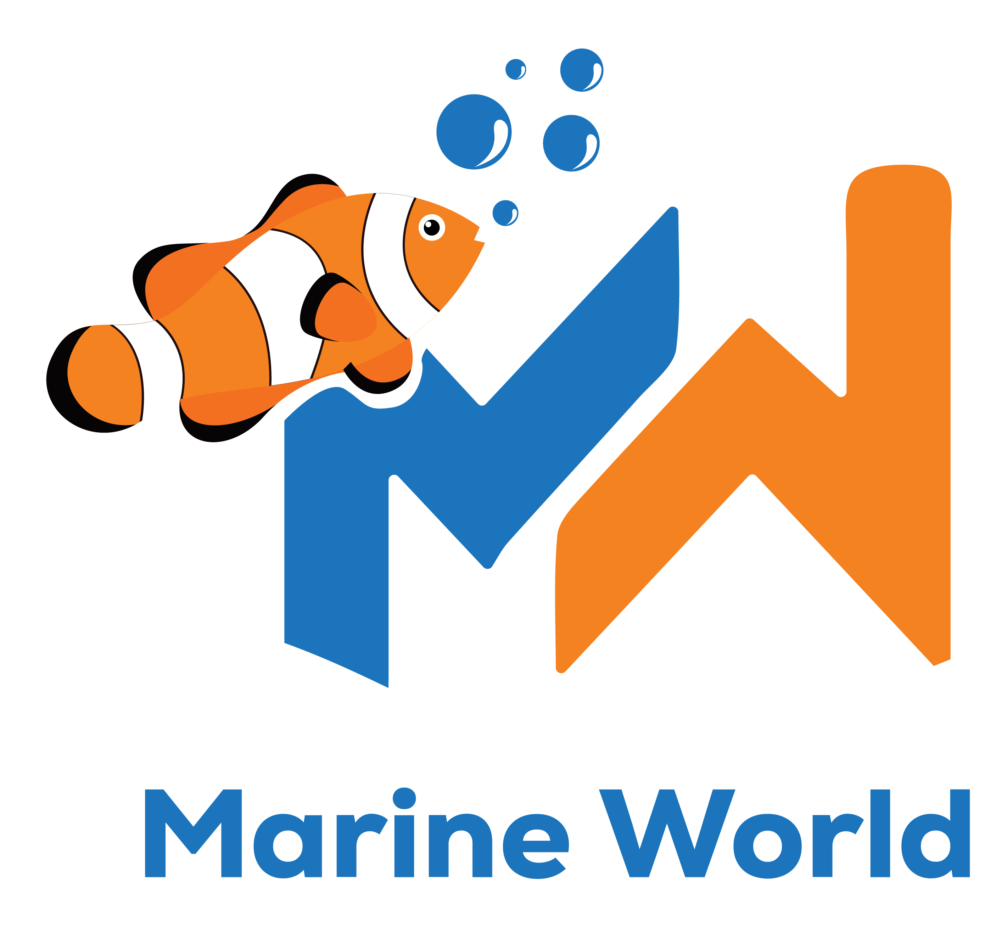
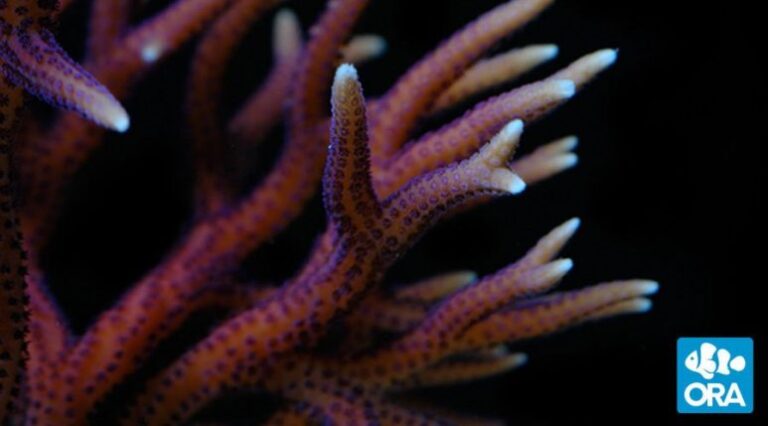


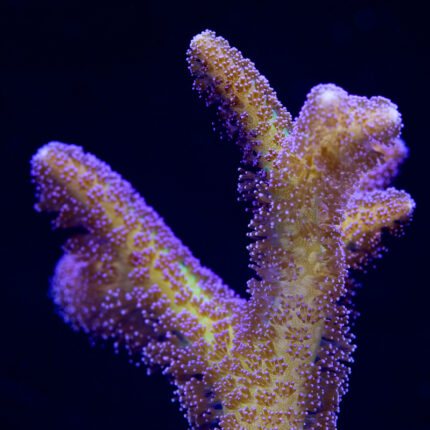










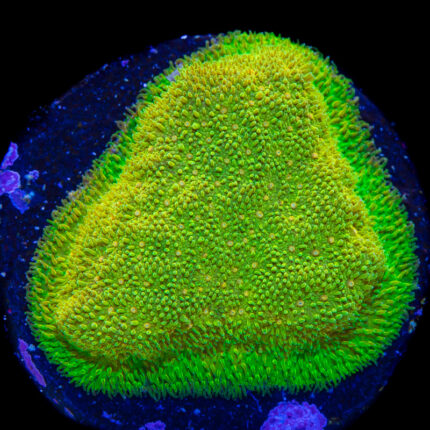

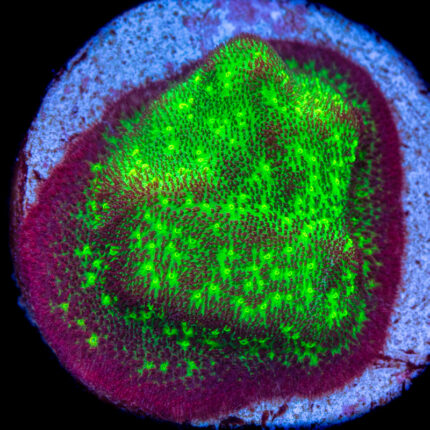

Reviews
There are no reviews yet.